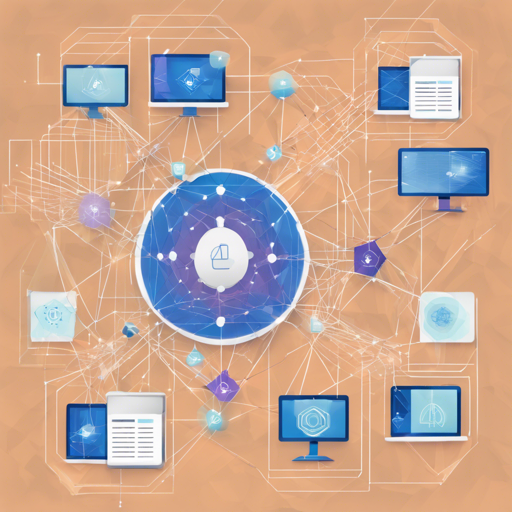In the rapidly evolving world of Web3, having access to reliable, verified data is crucial. Enter DIA (Decentralised Information Asset), an innovative platform designed to provide transparent and accurate data feeds for various financial applications. In this article, we’ll explore how to get started with DIA, understand its ecosystem, and troubleshoot common issues you may encounter.
What is DIA?
DIA (Decentralised Information Asset) is a multi-chain, open-source data and oracle platform for Web3. It offers a unique solution for sourcing, validating, and sharing data feeds that can be used in both traditional and digital financial applications. With comprehensive data related to asset prices, lending rates, and even metaverse information, DIA is paving the way for a new paradigm in data sourcing and oracle functionality.
Understanding the DIA Ecosystem
The DIA ecosystem comprises several components that contribute to its functionality:
- Data Sources: DIA aggregates thousands of trade-level data points from diverse on-chain and off-chain sources, including exchanges and decentralized finance (DeFi) platforms.
- Open-source Platform: DIA enables open contributors to participate in data collection through scrapers that connect new data sources.
- Governance: A community of token holders engages in discussions and votes on platform improvements and feature validations.
- Off-chain Computation: The raw data is computed and sanitised based on well-defined methodologies, ensuring accuracy.
DIA’s Data Offering
DIA distinguishes itself by utilizing a crowd-sourced approach to data sourcing, providing extensive coverage of asset price data. In essence, DIA captures any publicly accessible data feed without relying on third-party providers.
To understand how DIA operates, you can think of it like a massive library where every book (data feed) is curated not by a single librarian (data provider), but by a community of readers (developers) who contribute and verify books every day. Thus, you end up with a library that is both expansive and meticulously organized.
Delivery Methods
DIA provides multiple delivery methods for data ingestion within a constantly growing Layer 1 and Layer 2 ecosystem. Here are the main methods:
- On-chain Delivery (DIA xNode): Customizable updates triggered via API calls, predefined time intervals, or market deviations.
- Off-chain Delivery (DIA xBase): Data can be delivered through Rest API or GraphQL, allowing flexibility in adjusting feed attributions.
Contributing to DIA
DIA believes in the power of communities and decentralization, working towards building the largest open-source data platform in Web3. You can contribute in two main areas:
Troubleshooting Common Issues
As with any digital platform, you might encounter some hiccups along the way. Here are a few common issues and their solutions:
- Connection Issues: If you experience trouble connecting to DIA, ensure that your internet connection is stable. You may also want to verify that you are using the correct API keys.
- Data Inconsistencies: If you notice discrepancies in the data, check the data source settings to ensure they align with your expectations. Consider revisiting the aggregation settings.
- Integration Problems: Ensure that you have followed all integration steps correctly. Consult the documentation for any specific guidelines based on the blockchain you are working with.
For more insights, updates, or to collaborate on AI development projects, stay connected with fxis.ai.
Conclusion
In summary, DIA represents a pioneering force in the realm of decentralized finance by making data sourcing more effective and reliable. The open-source nature of the platform empowers developers and users to create tailor-made solutions. At fxis.ai, we believe that such advancements are crucial for the future of AI, as they enable more comprehensive and effective solutions. Our team is continually exploring new methodologies to push the envelope in artificial intelligence, ensuring that our clients benefit from the latest technological innovations.

